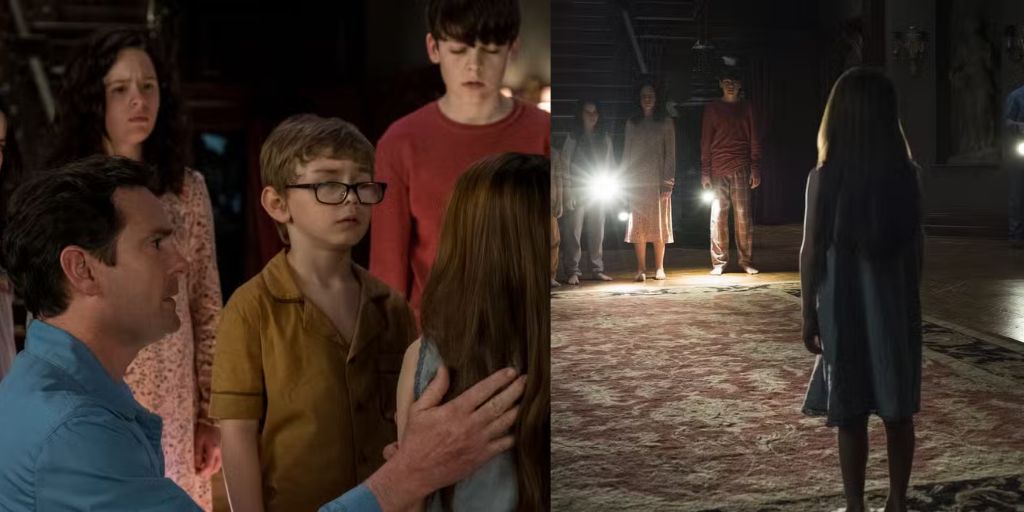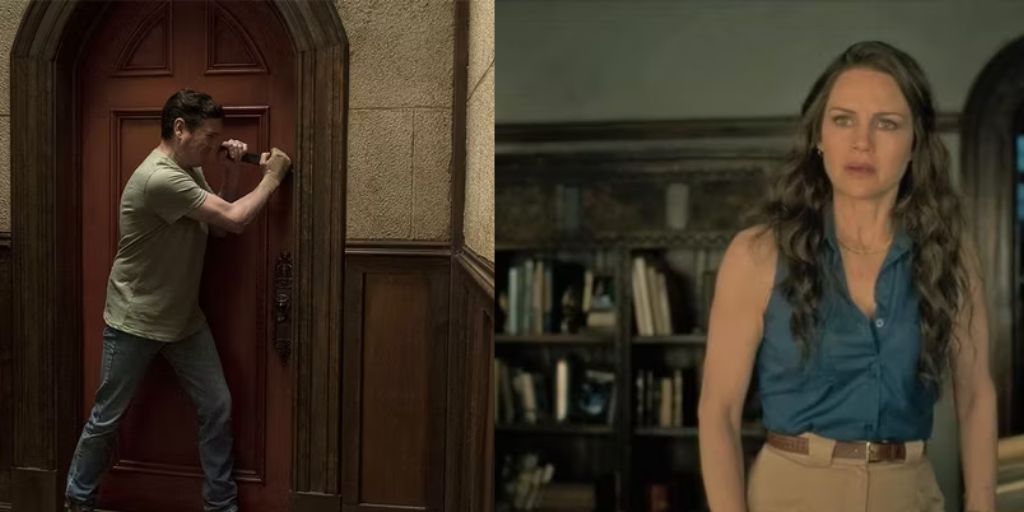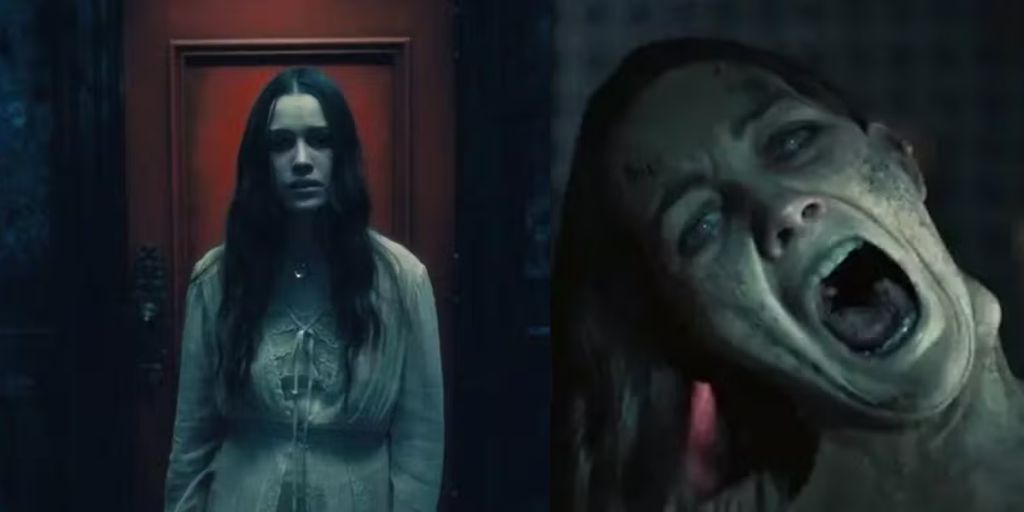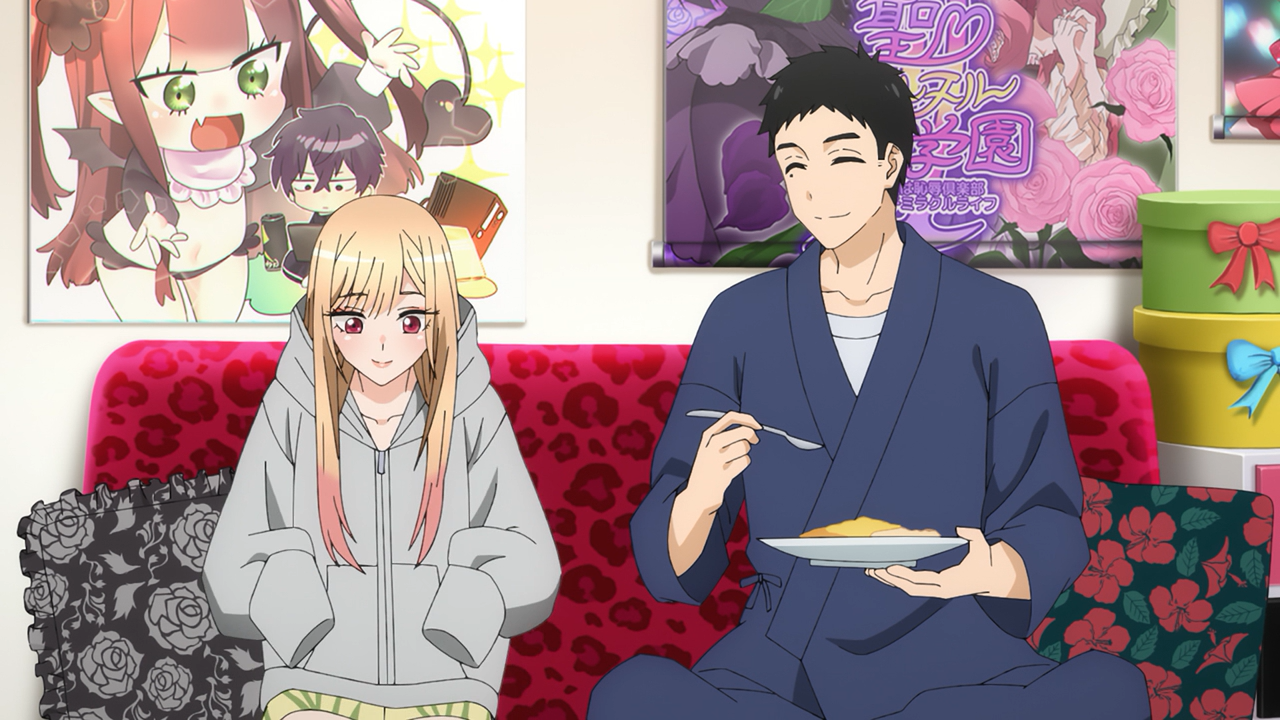It is hard to explain the ending of The Haunting of Hill House. The hauntings in Hill House, the scary, ghost-filled house in Mike Flanagan’s Netflix series, do not really end.
This idea is one of the main points of the show, showing the endless nature of this multi-room monster sitting alone in Massachusetts.
As Shirley Jackson wrote in the creepy introduction to the original book, “It had stood for 80 years and might stand for 80 more.” But let’s not get ahead of ourselves. Were you confused by the ending of The Haunting of Hill House? Then look no further, for your questions will be answered here… That is, if you dare to enter.
‘The Haunting of Hill House’ Focuses on the Crain Siblings
Flanagan’s dark story is less about the ghosts in the house and more about the people who mostly survived.
The main focus is on the Crain siblings, who have a much more troubled life than the Bluths from Arrested Development, with terrible trauma taking the place of funny conversations.
The siblings include horror writer Steven (played by Michiel Huisman), mortician Shirley (Elizabeth Reaser), semi-psychic psychologist Theodora (Kate Siegel), drug addict Luke (Oliver Jackson-Cohen), and his twin sister, Nell (Victoria Pedretti).
Nell takes her own life inside Hill House at the beginning of the series. The family dynamics in this series are powerful. The shifts between the past and the present show how strained the Crain family truly is.
The show often shows important questions about grief, trauma, and how the past affects the present. The characters are deeply impacted by their childhood experiences in Hill House.
Each sibling deals with their trauma in different ways. Some become strong and resilient, while others struggle with their demons. The relationship between the siblings is complex and filled with tension. This tension adds to the full feeling of dread and horror in the series.
The Crain Family’s Background
The Crain family moves to Hill House to renovate it. They plan to sell the house for a profit. However, their plans go horribly wrong.
The house has a dark history filled with tragedy and pain. As the family tries to fix up the old mansion, they start to experience strange occurrences. Ghosts haunt the house and create chaos in their lives.
The show also gives us a view into their past. We see flashbacks of their childhood in Hill House. The kids are often scared and confused. They see things that others cannot.

These experiences shape their lives and create lasting scars. The fear they feel as children follows them into adulthood. The Crain siblings become disconnected from each other, struggling to cope with their trauma.
The Haunting Nature of Hill House
Hill House itself is an important character in the story. It is not just a backdrop for the events. The house is alive in its own way. It influences the characters and feeds off their fear and pain.
Anyone who enters Hill House is vulnerable to its powerful grip. The ghosts inside are not just random spirits; they represent the family’s fears and regrets. Each sibling has a unique connection to the house, and it reveals their deepest insecurities.
The series often blurs the line between reality and hallucination. The characters experience vivid nightmares and disturbing visions. The audience is left wondering what is real and what is not. This uncertainty adds to the horror and keeps viewers on edge. Hill House is a place where the past and present collide, and the characters must face their demons.
The Grief and Trauma of the Crain Family
The theme of grief is central to the story. The characters grapple with the loss of their mother, Olivia Crain (played by Carla Gugino). Her tragic fate haunts them throughout the series. Olivia’s struggles with mental illness and her connection to Hill House play a crucial role in the family’s downfall.
The series portrays grief as a heavy burden that the characters cannot escape. They are haunted by memories of their mother and the terrible events that unfolded in Hill House. Each sibling reacts differently to their grief. Steven, for example, becomes a successful author but cannot let go of the past.
He writes about horror but does not fully confront his own fears. Shirley, on the other hand, tries to be strong and keep her family together, but her facade cracks under pressure.
Luke’s battle with addiction is another way the series shows how trauma affects the family. His drug use is a way to cope with the pain and memories of Hill House. Nell’s tragic story is perhaps the most heartbreaking. Her experiences in the house lead her to despair, and she struggles with her own mental health.
The Role of Olivia Crain
Olivia Crain is at the center of the tragedy in The Haunting of Hill House. Her character is complex and deeply affected by the house. Olivia has psychic abilities, but she tries to suppress them. She believes her powers are just migraines. The house manipulates her fears and insecurities, convincing her that her family needs to die to escape their pain.
The show presents Olivia’s actions as an extension of her love for her children. This makes her tragic choices even more heartbreaking. She wants to save them from suffering, but she is misled by the malevolent force in Hill House.
The show sets up a chilling scenario where Olivia believes that killing her family is the only way to help them. This idea leads to the tragic climax of the story.
The Red Room: A Symbol of Control
One of the most significant symbols in the series is the Red Room. This room is always locked and serves as a central point of mystery in Hill House.
The Red Room can change to meet the needs of its inhabitants. For Nell, it becomes a place of play, while for Shirley, it transforms into a family room. The room represents the house’s ability to manipulate reality and keep the residents complacent.
Nell describes the Red Room as a stomach, saying, “Mom says that a house is like a body. And that every house has eyes, and bones, and skin, and a face. This room is like the heart of the house.
No, not a heart. A stomach.” This quote highlights how the Red Room feeds off the emotions and experiences of those who enter it. The house uses this room to trap souls, keeping them from escaping.
The Significance of the Bent-Neck Lady
The character of the Bent-Neck Lady adds to the horror of Hill House. The Bent-Neck Lady is a ghost that haunts Nell from a young age. She appears as a terrifying figure with her head twisted at an odd angle. Nell’s fear of the Bent-Neck Lady grows as she gets older, and it becomes a recurring nightmare.
As the series progresses, we learn a shocking truth about the Bent-Neck Lady. She is not just a ghost but Nell herself from the future. This twist adds depth to Nell’s character and shows how time is distorted in Hill House. The house has a unique way of warping time, and Nell’s fate is tied to the tragic events that unfold.
The Final Tragedy and the Ending
The ending of The Haunting of Hill House brings together all the threads of the story. The Crain siblings confront their past and their relationship with Hill House. They face the pain of losing their mother and the impact of their experiences in the house.
In a climactic scene, the siblings relive the worst moments of their lives. They are forced to confront their guilt and regrets. Steven reflects on the nature of ghosts, saying, “Ghosts are guilt. Ghosts are secrets. Ghosts are regrets and failings.” This moment emphasizes how the characters are haunted by their pasts and how their family dynamics shape their present.
Hugh Crain, the father, makes a pact with Olivia’s ghost. He sacrifices himself to save his children. He takes his own life, allowing him to be with his wife and youngest daughter in the afterlife. The ending shows that love and family bonds endure, even in death. The siblings escape Hill House, but the scars of their experiences will always remain.
The Dudley Family’s Connection
The Dudley family is another crucial part of the story. They serve as the caretakers of Hill House and have their own tragic history. The Dudleys’ connection to the house adds another layer to the narrative.
Mr. Dudley (played by Robert Longstreet) tells the Crains about his family’s experience with the house. He explains how his mother changed after working there, hinting at the dark influence of Hill House.
After the deaths of Olivia and Abigail, the Dudleys insist that Hugh must leave Hill House standing. They believe that as long as the house exists, they can interact with the ghost of their dead daughter.
This connection between the living and the dead highlights the theme of loss and the lengths people will go to maintain their bonds with those they love.
The Final Scene: A New Beginning
The series ends on a bittersweet note. An older Mr. Dudley carries his wife through the woods to Hill House, so she can reunite with their daughters. The ending suggests that even in death, love continues. The final voice-over by Steven gives us a sense of closure. He recites a poem about love, implying that the ties of family and love remain strong.

The closing scenes show the surviving Crain siblings finding their paths. Steven finds peace in his writing, Shirley embraces her family, and Luke battles his addiction.
The series concludes with the idea that while the hauntings of Hill House may never truly end, the characters can find a way to heal and move forward.
The Legacy of The Haunting of Hill House
The Haunting of Hill House is a powerful scheme of family, trauma, and the lingering effects of grief. It stands out for its rich character development and complex narrative. The show forces us to confront our fears and the impact of our past on our present.
The series has resonated with audiences due to its emotional depth and haunting atmosphere. It invites viewers to reflect on their experiences and the relationships that shape them. The legacy of Hill House will likely continue to be felt, long after the final credits roll.
The mix of horror and human emotion makes this series a unique entry in the genre. The legacy of The Haunting of Hill House will live on, reminding us of the power of love, loss, and the indelible scars of the past.




